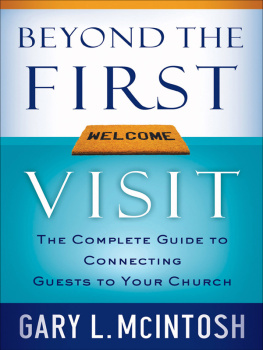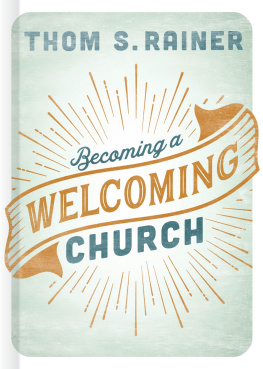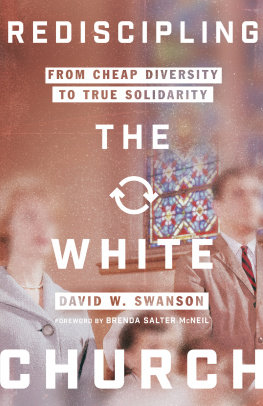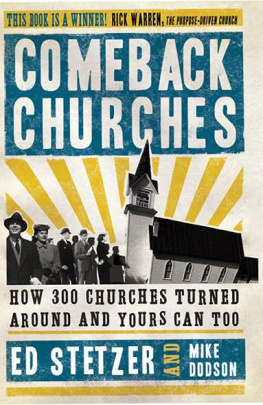Carter Dalton Lyon - Sanctuaries of Segregation: The Story of the Jackson Church Visit Campaign
Here you can read online Carter Dalton Lyon - Sanctuaries of Segregation: The Story of the Jackson Church Visit Campaign full text of the book (entire story) in english for free. Download pdf and epub, get meaning, cover and reviews about this ebook. year: 2017, publisher: University Press of Mississippi, genre: Politics. Description of the work, (preface) as well as reviews are available. Best literature library LitArk.com created for fans of good reading and offers a wide selection of genres:
Romance novel
Science fiction
Adventure
Detective
Science
History
Home and family
Prose
Art
Politics
Computer
Non-fiction
Religion
Business
Children
Humor
Choose a favorite category and find really read worthwhile books. Enjoy immersion in the world of imagination, feel the emotions of the characters or learn something new for yourself, make an fascinating discovery.

- Book:Sanctuaries of Segregation: The Story of the Jackson Church Visit Campaign
- Author:
- Publisher:University Press of Mississippi
- Genre:
- Year:2017
- Rating:3 / 5
- Favourites:Add to favourites
- Your mark:
Sanctuaries of Segregation: The Story of the Jackson Church Visit Campaign: summary, description and annotation
We offer to read an annotation, description, summary or preface (depends on what the author of the book "Sanctuaries of Segregation: The Story of the Jackson Church Visit Campaign" wrote himself). If you haven't found the necessary information about the book — write in the comments, we will try to find it.
Sanctuaries of Segregation provides the first comprehensive analysis of the Jackson, Mississippi, church visit campaign of 19631964 and the efforts by segregationists to protect one of their last refuges. For ten months, integrated groups of ministers and laypeople attempted to attend Sunday worship services at all-white Protestant and Catholic churches in the states capital city. While the church visit was a common tactic of activists in the early 1960s, Jackson remained the only city where groups mounted a sustained campaign targeting a wide variety of white churches.
Carter Dalton Lyon situates the visits within the context of the Jackson Movement, compares the actions to church visits and kneel-ins in other cities, and places these encounters within controversies already underway over race inside churches and denominations. He then traces the campaign from its inception in early June 1963 through Easter Sunday 1964. He highlights the motivations of the various people and organizations, the interracial dialogue that took place on the church steps, the divisions and turmoil the campaign generated within churches and denominations, the decisions by individual congregations to exclude black visitors, and the efforts by the state and the Citizens Council to thwart the integration attempts.
Sanctuaries of Segregation offers a unique perspective on those tumultuous years. Though most churches blocked African American visitors and police stepped in to make forty arrests during the course of the campaign, Lyon reveals many examples of white ministers and laypeople stepping forward to oppose segregation. Their leadership and the constant pressure from activists seeking entrance into worship services made the churches of Jackson one of the front lines in the national struggle over civil rights.
Carter Dalton Lyon: author's other books
Who wrote Sanctuaries of Segregation: The Story of the Jackson Church Visit Campaign? Find out the surname, the name of the author of the book and a list of all author's works by series.














